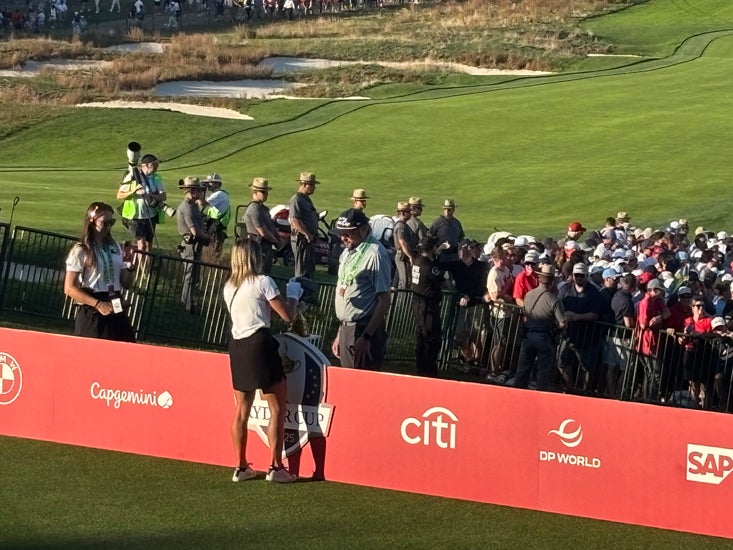The loyalty business is booming, garnering almost as much attention and excitement as it did in the heydays of S&H trading stamps, when housewives feverishly collected and traded Green Stamps for matching casserole dishes and umbrella stands.
Loyalty has become the mantra of marketers, moving strategies far beyond the one-time purchase, the sample or the sweeps. It’s all about getting to know that customer, earning and keeping their business and staying in touch.
In one of the most compelling examples, Coca-Cola North America launched My Coke Rewards earlier this year, a consumer rewards program covering its entire brand portfolio. The program includes 4 billion unique redemption codes worth a cumulative $50 million, making it the company’s largest reward program ever. A Spanish-language version marks the company’s first fully bilingual, Internet-based initiative. The program plays on a tactic Coke uses in some of its most successful promotions, hiding a code under-the-cap. Players then register online to redeem rewards.
Truly understanding the loyal consumer is a top priority. To get at these often elusive characteristics, marketers are surveying a cross section of consumers — both loyal and new — and then drilling down to get a clearer profile of what makes their most loyal customers loyal. The data is then used to generate look-a-like acquisition programs to bring other great customers into the fold.
“You can get a better picture of the consumer and then be able to communicate with them in a more relevant way,” says Carlos Dunlap, VP-strategic consulting with Maritz Loyalty Marketing, St. Louis, MO.
Loyalty has also taken hold in the sports world.
In February 2005, NASCAR debuted its first-ever loyalty club, The Official NASCAR Members Club, in an effort to target and unite the sport’s 75 million fans. NASCAR hoped to attract the 40 million people it considers its die-hard fans. And last March, Major League Baseball launched its first loyalty club. Platinum Club members get access to city-by-city, year round special events where they can interact directly with players. Members get invites to player parties, meet and greets, cruises and camps and lots of other benefits.
And loyal customers are certain to add to a company’s bottom line.
Harrah’s Entertainment saw its 2005 revenues rise 56.3% to $7.1 billion, due in part to increased gambling activity by members of its Total Rewards loyalty club. A nationwide “Winning Will Find You” campaign last year sparked growth in the program. Under the program, consumers who enrolled on-site got a 12-pack of Coca-Cola and a free movie rental from Blockbuster. One of 38 cans got the enrollee a trip to Atlantic City and an entry in a drawing for $1 million.
Loyalty “programs” have even begun to creep into the corporate world as employee incentives. Just like a frequent flyer can build points to redeem for merchandise or an airline flight, employees can now earn points based on a variety of job performance criteria to redeem for life-style experiences, gift cards or merchandise. The programs keep employees engaged, focused on performance and dedicated, hopefully for the long haul, says Karen Renk, the executive director of the Incentive Marketing Association.
“This is just one application of an incentive program to meet an ever widening series of corporate goals,” she says.
SNAPSHOT 2005
Understanding the loyal consumer is a top priority
Re-loadable, collectible gift cards deliver loyalty
Loyalty programs work as employee incentives



